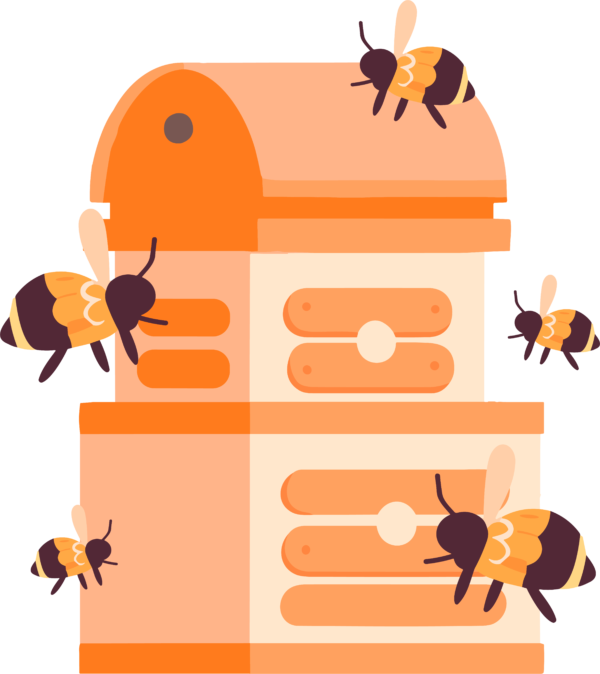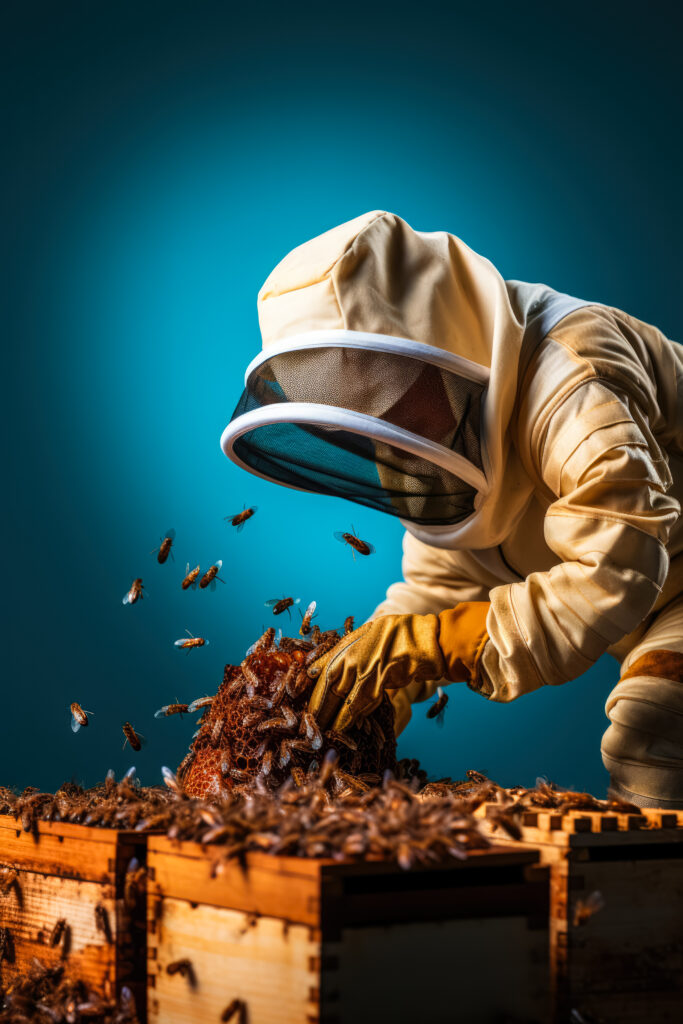Hive Placement and Management
Hive Placement and Management in Apiculture: Nurturing Bee Colonies for Sustainable Honey Production
Introduction
In the realm of apiculture, hive placement and management are pivotal elements that can significantly influence the health, productivity, and sustainability of bee colonies. This professional discourse explores the intricate and interdependent aspects of hive placement and management, shedding light on their paramount role in the flourishing world of honey production and beekeeping.
The Significance of Hive Placement
Proper hive placement is the first step toward establishing a successful beekeeping operation. The location of beehives affects various critical factors, including foraging opportunities, bee health, and honey production. Here's a closer look at the significance of hive placement in apiculture:
Forage Availability: Hive placement directly impacts the availability of nectar and pollen sources for bees. Proximity to diverse and abundant forage areas, such as fields of flowering crops or natural wildflowers, is essential for bee colonies to thrive.
Microclimate and Shelter: Bees are highly sensitive to environmental conditions. Hive placement should consider factors like temperature, humidity, and exposure to extreme weather events. Providing adequate natural or supplementary shelter can help bee colonies weather adverse conditions.
Pollination Services: Bees are vital pollinators, and hive placement near agricultural areas requiring pollination can provide additional income to beekeepers through pollination services.
Safety and Regulations: Hive placement should comply with local regulations and ordinances, ensuring the safety and well-being of both the bees and the community.
Hive Management Practices
Once beehives are strategically placed, effective hive management is critical for beekeepers to maintain healthy and productive colonies. Hive management encompasses a variety of tasks and considerations:
Regular Inspections: Frequent inspections of the hive are necessary to assess the overall health of the colony. Beekeepers must monitor for signs of disease, pests, and other issues that could jeopardize the hive.
Supplementary Feeding: In periods of nectar scarcity, beekeepers may need to provide supplementary feeding to ensure the bees have adequate nutrition. Sugar syrup or other bee supplements can be introduced to the hive.
Swarm Prevention: Hive management involves techniques to prevent swarming, which can lead to the loss of a significant portion of the bee colony. Techniques like requeening and adding supers can help prevent swarming.
Disease and Pest Control: Managing bee diseases and pests, such as Varroa mites, is a critical component of hive management. Beekeepers must employ effective and sustainable methods to maintain colony health.
Hive Configuration: The arrangement of hive components, including brood chambers, honey supers, and frames, must be managed for optimal bee space and to facilitate honey extraction.
Challenges and Considerations
Hive placement and management in apiculture are not without their challenges and considerations:
Pesticide Exposure: Bees can be exposed to pesticides in agricultural areas, making it imperative for beekeepers to choose hive locations wisely and engage in responsible pest management practices.
Environmental Variability: Climate change and erratic weather patterns can affect hive health, necessitating adaptive management strategies.
Resource Availability: Beekeepers must be knowledgeable about local forage patterns and be prepared to provide supplemental food when necessary.
Continuous Learning: Apiculture is a dynamic field, and beekeepers must engage in ongoing education and research to stay updated on the latest best practices and innovations.
Conclusion
Hive placement and management are the foundational pillars of successful apiculture. Well-placed hives in areas with abundant forage, favorable microclimates, and consideration for pollination services are essential for thriving bee colonies. Effective hive management practices, including regular inspections, disease control, and swarm prevention, ensure the well-being of bee colonies and the sustainability of honey production.
Beekeepers must confront various challenges, from pesticide exposure to environmental variability, and continuously adapt their management strategies. The commitment to responsible hive placement and management practices not only supports the vitality of bee colonies but also upholds the essential role of bees as pollinators and honey producers in our agricultural and ecological landscapes. It is through the conscientious stewardship of hive placement and management that beekeepers contribute to the preservation of these remarkable insects and the sweet nectar of their labor – honey.




